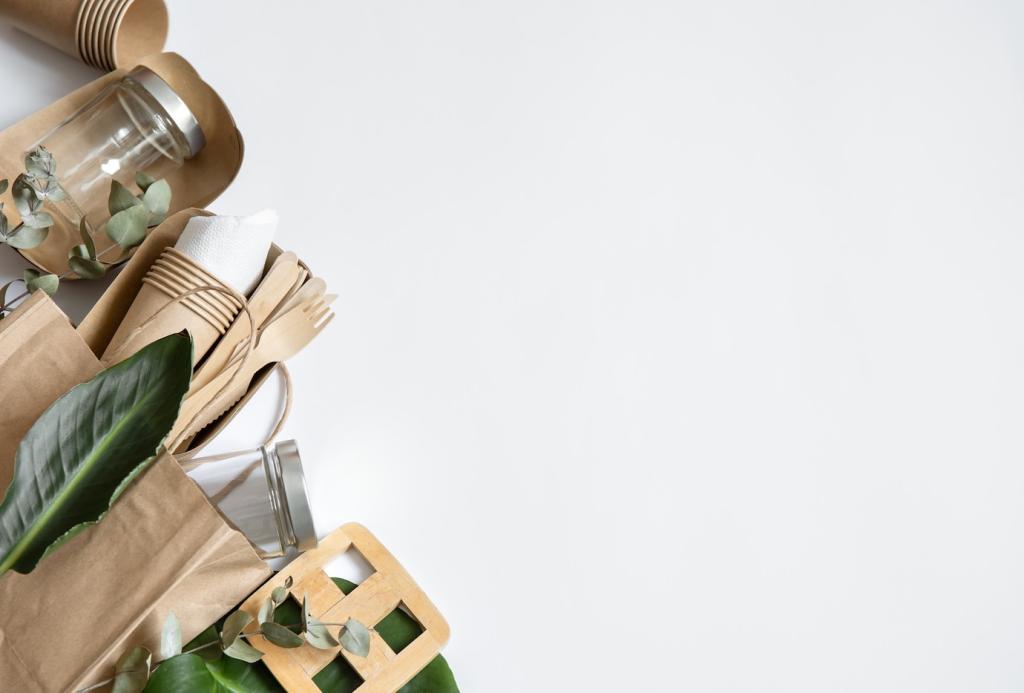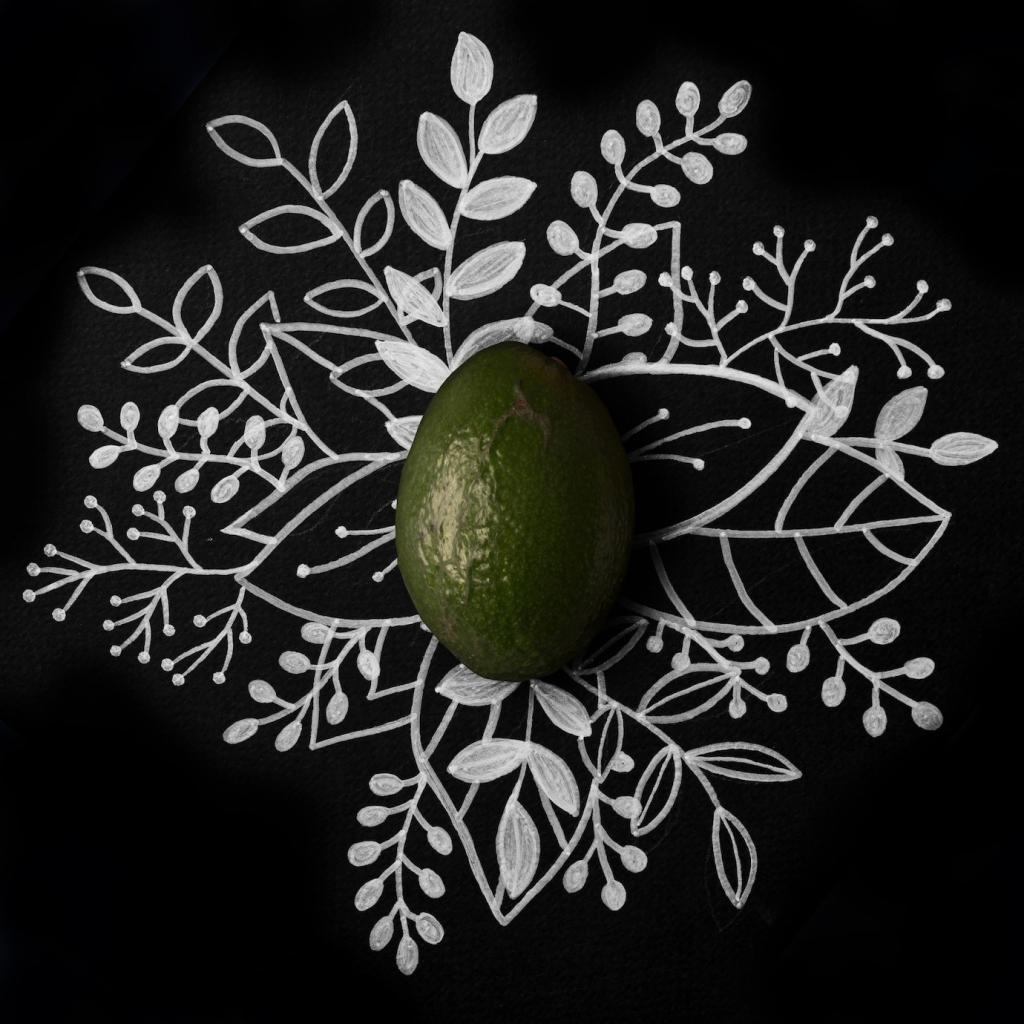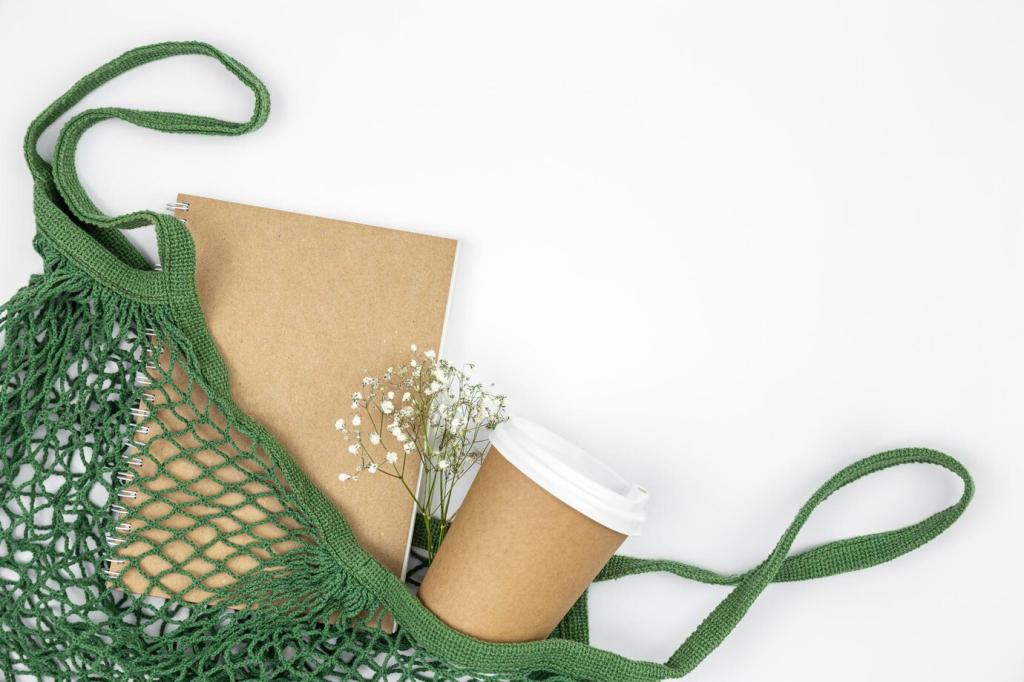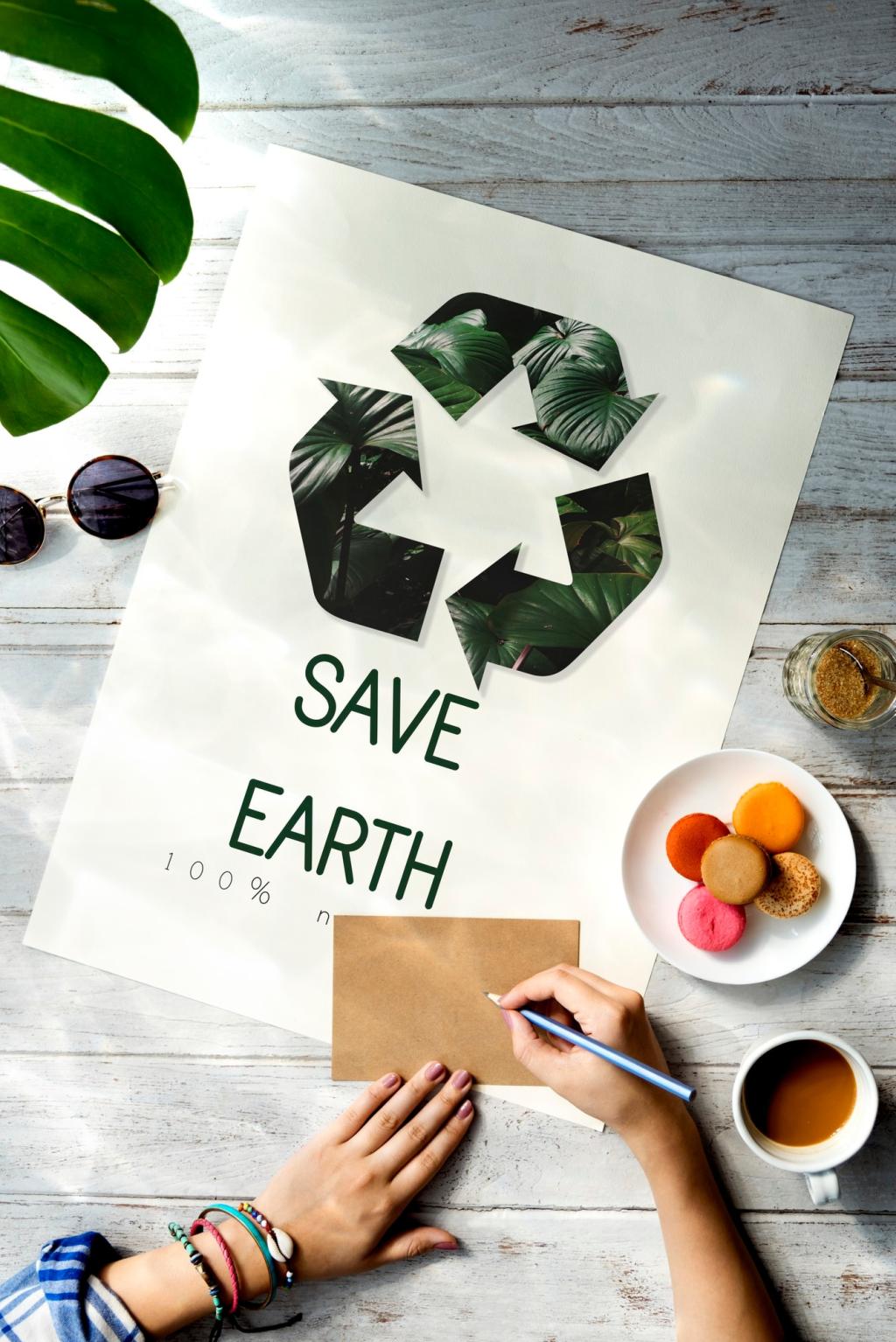Breathe Easy: Non-Toxic Upholstery Fabrics for Healthier Homes
Understanding What “Non-Toxic” Really Means
Non-toxic upholstery fabrics minimize volatile organic compounds, solvent residues, and problem finishes. Look for water-based coatings, formaldehyde-free resins, and phthalate-free components. Less off-gassing means you can enjoy that new sofa without the lingering smell or headaches.
OEKO-TEX Standard 100 checks for harmful substances in textiles. GOTS ensures organic fiber content plus restricted chemistry throughout processing. GREENGUARD Gold measures low chemical emissions. Ask brands for certificates, batch numbers, and test reports, not just marketing claims.
Avoid PFAS-laden stain guards, halogenated flame retardants, and heavy-metal dye fixatives. Beware vinyl-backed fabrics with plasticizers and strong odors. If a swatch smells sharp or chemical, trust your nose, request details, or move on to a safer option.

Natural Fibers That Perform Safely
Organic Cotton Twill and Denim
Tightly woven organic cotton twills and denims deliver durability without stiff, chemical-laden finishes. Seek GOTS-certified options and pre-shrunk, sanforized constructions. They wear in gracefully, clean easily, and pair well with water-based, PFAS-free stain protection when needed.
Linen and Hemp: Strong, Cool, and Clean
Linen and hemp resist abrasion, breathe beautifully, and require fewer pesticides in cultivation. Blended with organic cotton, they soften without losing strength. Choose piece-dyed or yarn-dyed versions with low-impact chemistry for textured, timeless upholstery that ages elegantly and responsibly.
Wool Done Right
Wool naturally resists soiling and flames, often eliminating the need for added retardants. Look for untreated or minimally finished wool certified for restricted substances. Avoid mothproofing chemicals; store with cedar or airtight covers instead for a truly safer solution.
Durability, Minus the Toxins
Abrasion Ratings and Weaves That Last
Check double-rub counts and weave density rather than defaulting to heavy coatings. Basket and twill weaves provide strength without plasticized backings. Reinforced seams and appropriate cushions extend life, reducing the need for replacements—and the emissions that come with them.
Stain Resistance Without PFAS
Skip forever-chemicals by choosing silicone-based, water-based, or bio-wax finishes tested for low emissions. Tighter weaves and darker, heathered textures hide everyday marks naturally. Keep a gentle spot-clean kit handy so you can tackle spills promptly without harsh solvents.
Safer Backings, Interlinings, and Adhesives
Specify water-based adhesives and latex-free options if sensitivities exist. Select uncoated, tightly woven fabrics or mechanical backings instead of PVC. Wool or cotton interlinings can add body and flame resistance without halogenated additives, keeping your cushions more breathable and stable.
Color, Texture, and Low-Impact Dyeing
01
Natural and Low-Impact Dyes
Low-impact and fiber-reactive dyes use less water and omit problematic heavy metals. Some mills experiment with plant-based pigments and closed-loop systems. Request dyehouse disclosures and wastewater reports to ensure your bold velvet or textured herringbone stays genuinely cleaner.
02
Yarn-Dyed vs. Piece-Dyed
Yarn-dyed fabrics lock in color earlier, often reducing later chemical steps and improving colorfastness. Piece-dyed options can still be safe when processed with restricted substances lists. Ask for process notes to match performance and safety with your design goals.
03
Lightfastness Without Heavy Metals
Outdoor or sunny rooms need lightfast color. Choose fabrics tested for UV resistance that avoid heavy-metal stabilizers. Pair with window films or sheer liners. This layered approach protects color, reduces heat gain, and maintains a healthier, more comfortable seating area.
A Story from a Fume-Weary Family
After a heavily scented rocker triggered headaches, a couple chose a GOTS-certified cotton-linen slipcover on a reclaimed frame with water-based glue. The result felt cozy, smelled neutral, and let late-night feedings happen without cracking windows in winter.


A Story from a Fume-Weary Family
A family replaced a vinyl-backed sofa with an untreated wool-hemp fabric. Within days, Grandpa’s sneezing eased. They later learned their old piece contained PFAS and flame retardants. The new sofa breathed better, looked sharper, and became a favorite reading spot.
Care, Cleaning, and Longevity the Gentle Way
Vacuum with a HEPA brush weekly. For spots, use mild soap, warm water, and a soft cloth; blot, don’t scrub. Baking soda neutralizes odors. Always test on a hidden area and avoid harsh solvent cleaners that can leave residues.


Care, Cleaning, and Longevity the Gentle Way
Air out cushions in indirect sun to freshen fabrics naturally. Maintain moderate indoor humidity to deter mildew. Good airflow prevents mustiness, supporting the low-emission benefits of your non-toxic upholstery fabrics and keeping them comfortable season after season.
Smart Shopping for Non-Toxic Upholstery Fabrics
Questions to Ask Before You Buy
Request complete fiber content, finish lists, emission tests, and certification numbers. Ask whether stain protection is PFAS-free and if adhesives are water-based. Clarify return policies on swatches, because real-life testing at home is invaluable for sensitive households.
Swatch Tests You Can Do at Home
Open the swatch in a small room, close the door, and check odor after 24 hours. Rub with a damp white cloth for dye transfer. Spot clean a corner. If anything worries you, seek alternatives without hesitation.
Budgeting for the Biggest Health Wins
Prioritize rooms you use daily—sofas and armchairs first, then dining seats. Allocate funds for certified fabrics and safer cushions. Mix premium non-toxic upholstery fabrics with thrifted wood frames to balance cost, character, and the healthiest impact where it matters.
